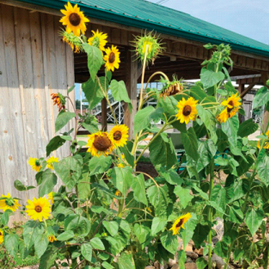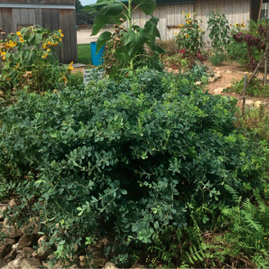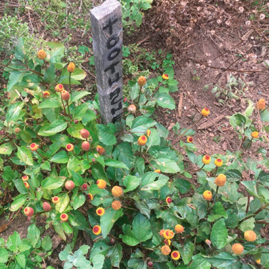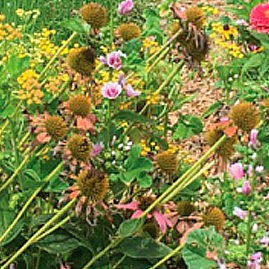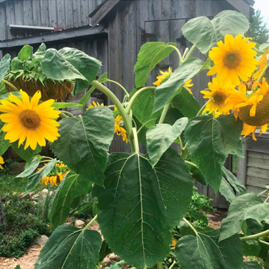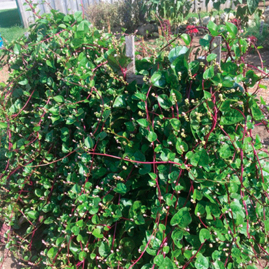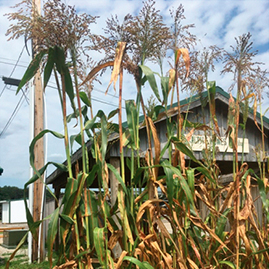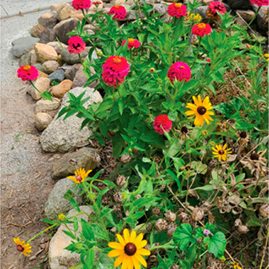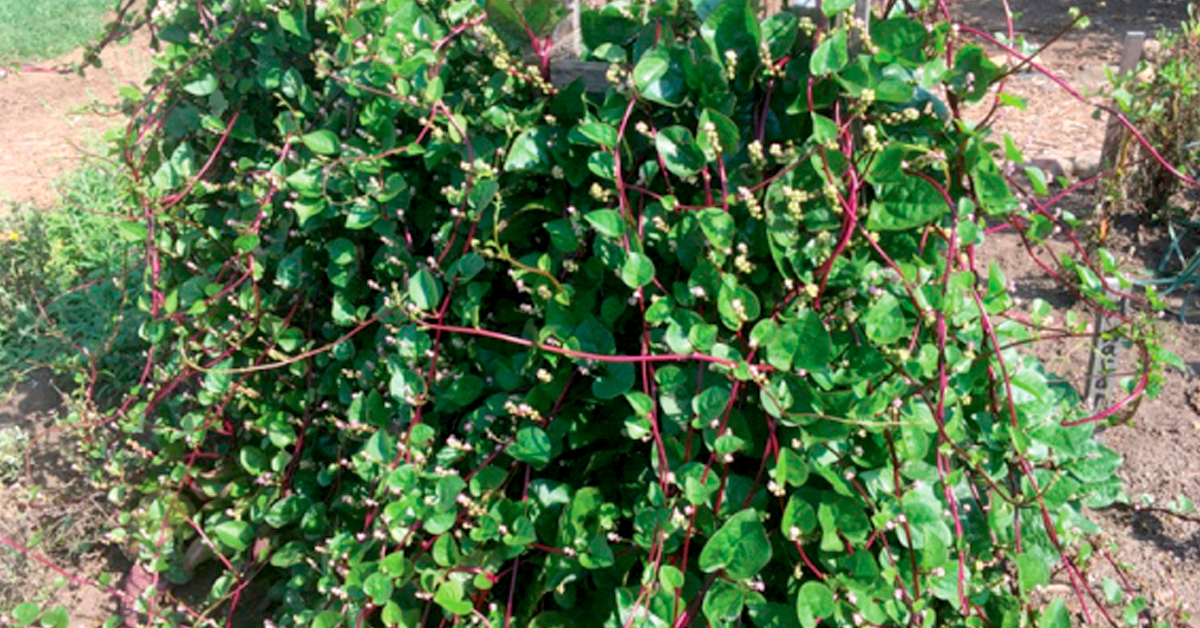The Master Gardeners of La Porte, Indiana, maintain a heritage garden as part of the Pioneer Village at the La Porte County Fairgrounds. While there’s not enough room there to grow enough to feed a family, it demonstrates the typical plants used by that family in the 1850’s in this part of early America.
Since the settlers came from many parts of the world, they brought their favorite seeds with them to grow the food, medicine, herbs for flavor, dying and flowers to make their homes beautiful.
There’s a lot going on, throughout the year, in this garden. School groups visit spring and fall, to be greeted by a speaker in period dress, and learn about the importance of gardens in family life. During the annual County Fair, hundreds stroll through the gardens, often exclaiming over plants they recognize from “grandma’s garden” and taking home heritage seeds to grow in their own gardens.
These pictures show some of the late season bounty that grew in that garden even in this tough growing year.
